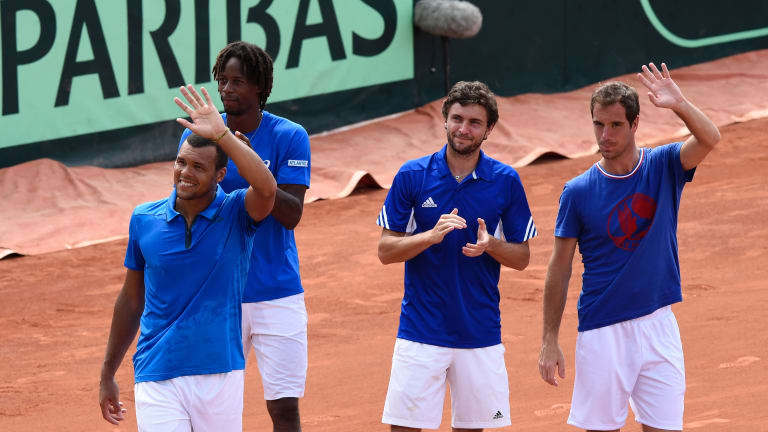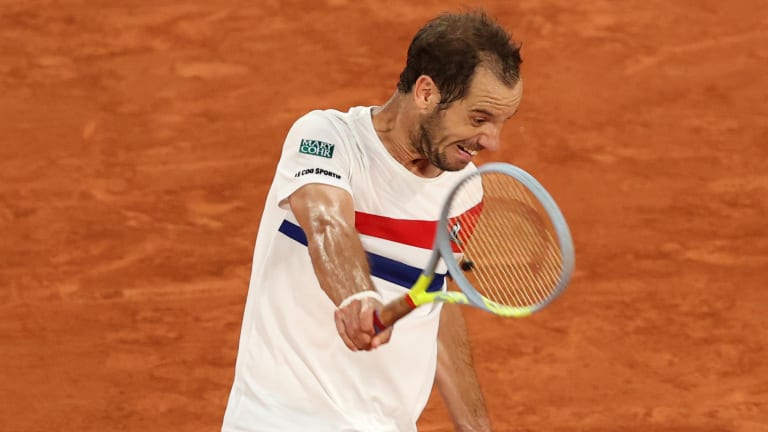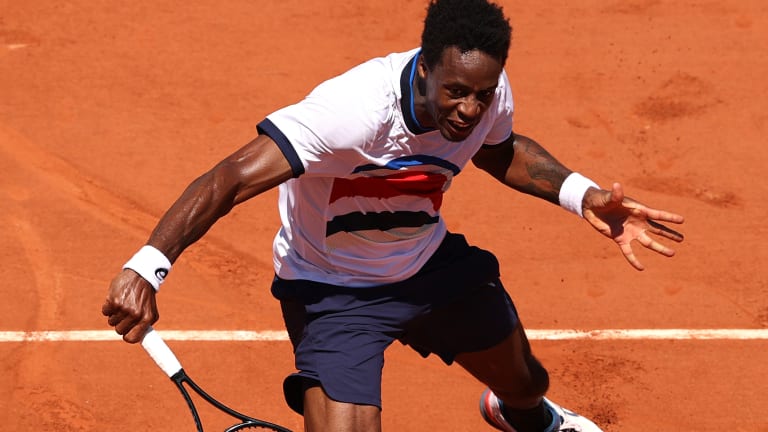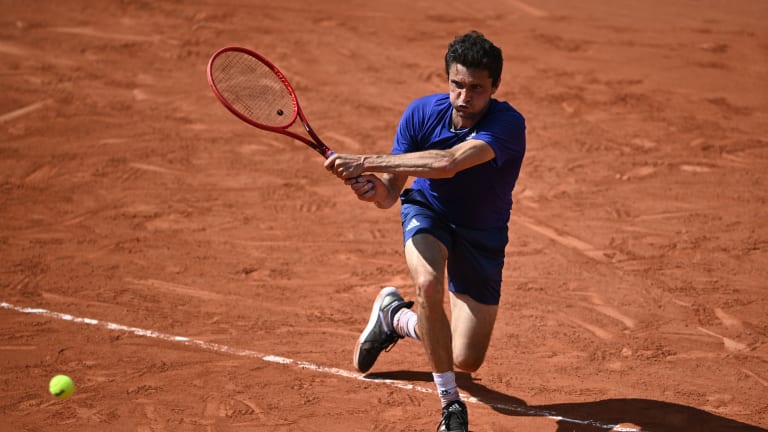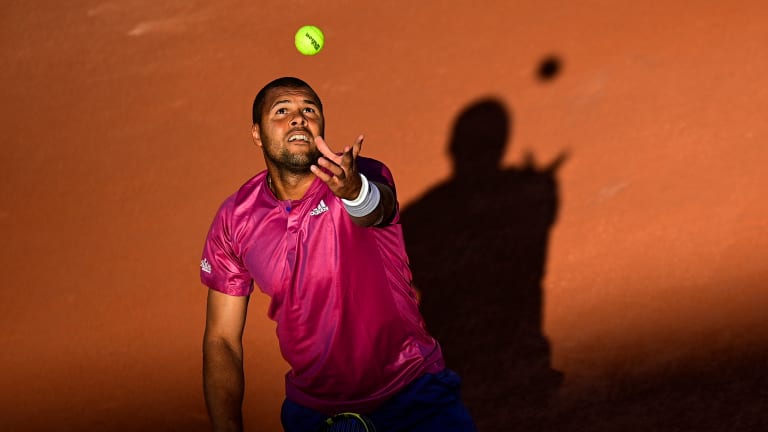Just over a decade ago, four French men’s tennis players were dubbed the “New Musketeers.” Their names were Jo-Wilfried Tsonga, Richard Gasquet, Gilles Simon, Gael Monfils. Dare it possible for this quartet to rival the achievements of their fabled predecessors, Rene Lacoste, Henri Cochet, Jean Borotra and Toto Brugnon, who’d dominated tennis in the late 1920s and early 1930s, and all earned spots in the International Tennis Hall of Fame?
If such grand feats seemed a stretch, hopes were high that at least one of them would find the magic for one spectacular fortnight and become the first man from France to claim the singles title at Roland Garros since Yannick Noah went the distance in 1983. Gasquet, Tsonga and Monfils had won junior Grand Slam titles, and as pros, all four reached the Top 10, between them winning 57 ATP singles titles.
But when it came to their homeland major, these New Musketeers likely wrestle with appreciation for their efforts and dissatisfaction with their results. All for one and one for all? At Roland Garros, more like, all for morsels: two semis for Tsonga, one for Monfils, a single quarterfinal by Gasquet, three round-of-16 appearances by Simon.
All four have now been eliminated from this year’s tournament. Simon and Tsonga lost in the first round; Monfils went out one stage later. Fittingly, this year’s end of all their hopes happened close to midnight, Gasquet losing a second round match on a fan-free Court Philippe Chatrier to his rival since childhood, Rafael Nadal.
